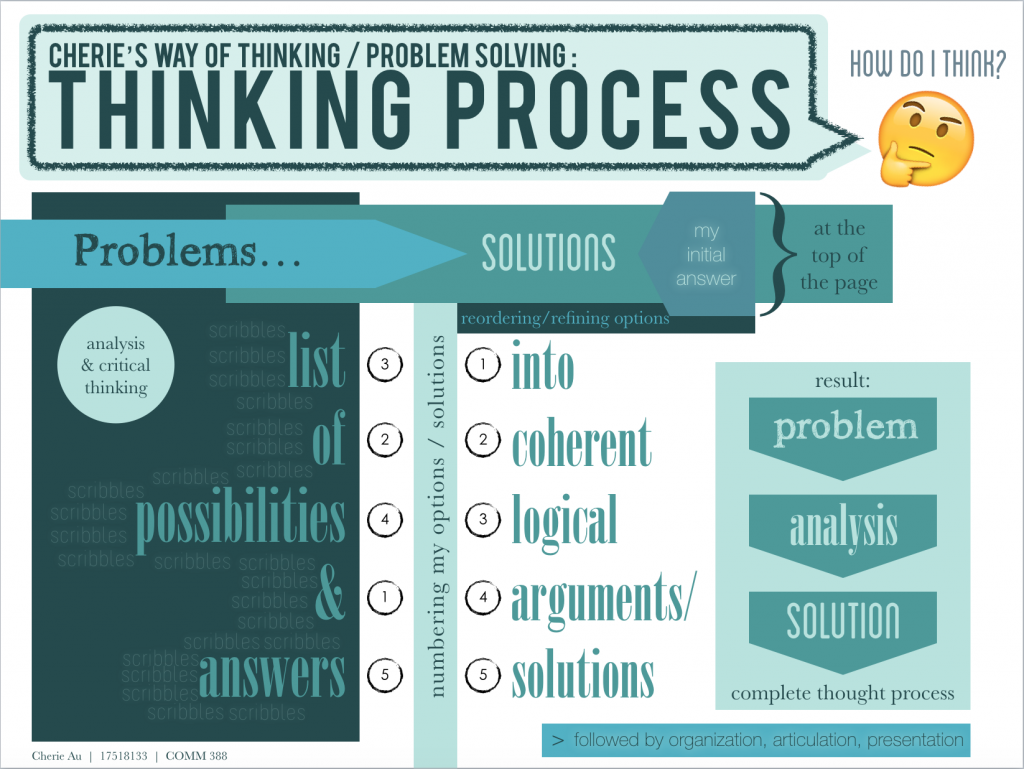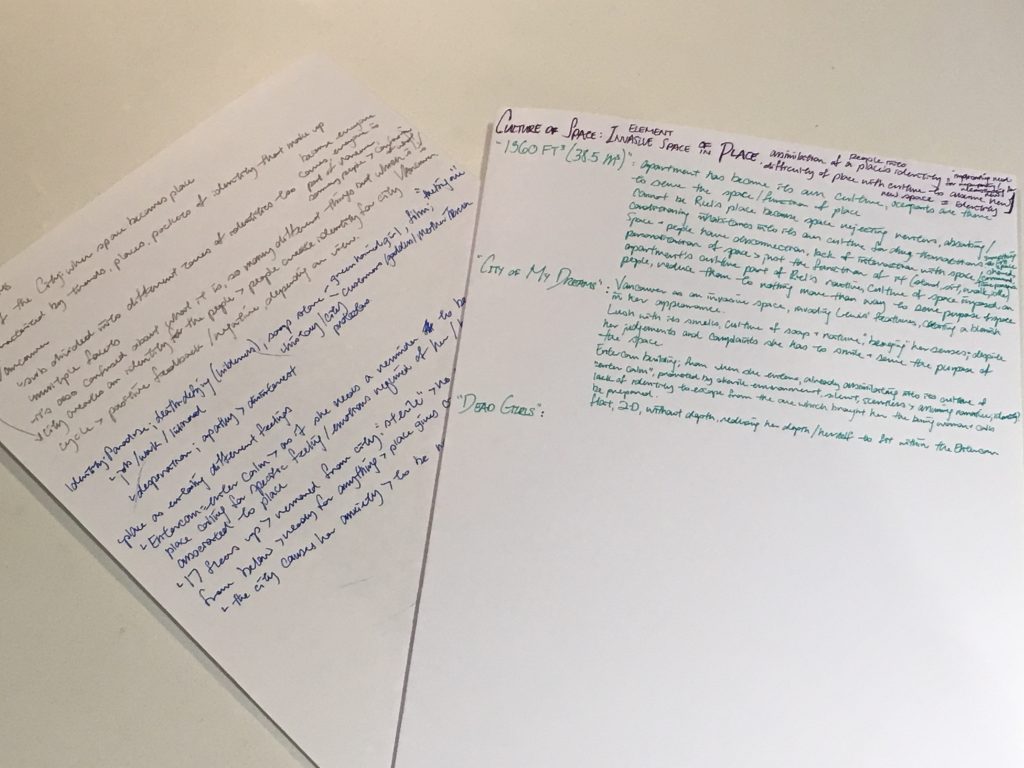The journey is over. Another term is coming to an end. I’m sure most people have heard the phrase “It’s about the journey, not the destination” or something along those lines, but I am so happy to have reached the destination because Christmas (!!) and winter break! In all seriousness though, the road we have taken in creating design briefs and solutions was an adventure, and I am glad to taken part in it.

I had an epiphany when looking at the Compelling Experience Map when it was being taught in class, where I caught myself thinking “THIS is what I’m talking about!”. The questioning is where pain points and solutions present themselves, and being someone that prioritizes efficiency and presentability, the map gave me a way to name the process I intuitively carry out, while also providing me a detailed, step-by-step questioning that can help me refine the process. My group would always come back to the big WHY, the HOW, the WHAT as well. The Compelling Experience map evolved into what our design solution eventually embodied, taking the form of a data mapping system that placed emphasis on touch points at every interaction between the client and Creative BC.
Creating the design brief was the most difficult part of this whole project, because our topic of “sustainable business model” encompasses the entirety of Creative BC and its clients, the creative sector. The reading from A Whole New Mind: Why Right-Brainers Will Rule the World categorizes our journey really well during the first phase of problem finding, because we essentially had to steer away from the left-brained thinking (facts, logic, analysis) to concentrate on the right-brained thinking (bigger picture, synthesis, emotional expression). We spent a whole afternoon trying to map out the possible design brief ideas, finally coming to terms with the scope of our topic by successfully envisioning and piecing together the whole picture. If we were too caught up in all the information and details of the project, we would definitely be swept away by the sheer amount of factors that contributed to the problem, instead of spending our time creating a solution. We decided to categorize everything we’ve learnt of Creative BC into key phrases to help us with our organization. The result was a presentable design brief, but even with all the information condensed into a 10 minute presentation and report, there was so much that still could be included. I feel this speaks to the cooperation or the simultaneous workings of left-brained thinking and right-brained thinking, because you can’t help but consider all the details, but synthesizing the data is what brings solutions to the table, tying everything together nicely.
[I’m right-brained, apparently. So… when do I get to rule the world? (; ]
Our process in collecting the necessary information for the design brief and mapping our possible solutions led to the simple and understandable design solution we provided Creative BC. The design brief was where we completed a large portion of the groundwork, and the ease of creating the solution was all thanks to that, and the experience mapping. The realization of left-brained thinking and right-brained thinking reminds me of the convergent and divergent thinking we talked about in the beginning of the term: the brain is constantly zooming in and out, focusing on the details then the big picture, but you need an equal balance of both, or the photo will simply be out of focus… So, what did I learn after all this? I learned that good design, really good design, solves problems (smartly, beautifully, easily). (:



